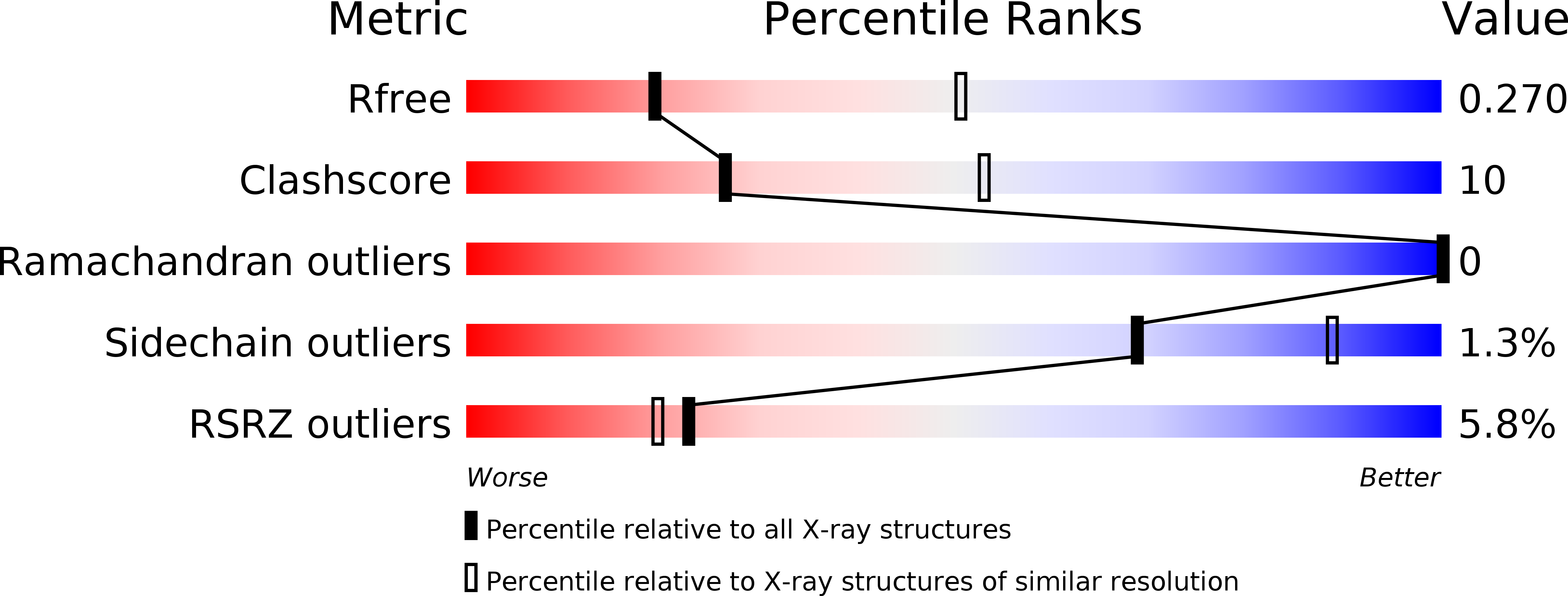
Deposition Date
2019-10-24
Release Date
2020-09-02
Last Version Date
2023-11-22
Entry Detail
Biological Source:
Source Organism:
Arabidopsis thaliana (Taxon ID: 3702)
Host Organism:
Method Details:
Experimental Method:
Resolution:
2.91 Å
R-Value Free:
0.26
R-Value Work:
0.22
R-Value Observed:
0.23
Space Group:
P 41 21 2


